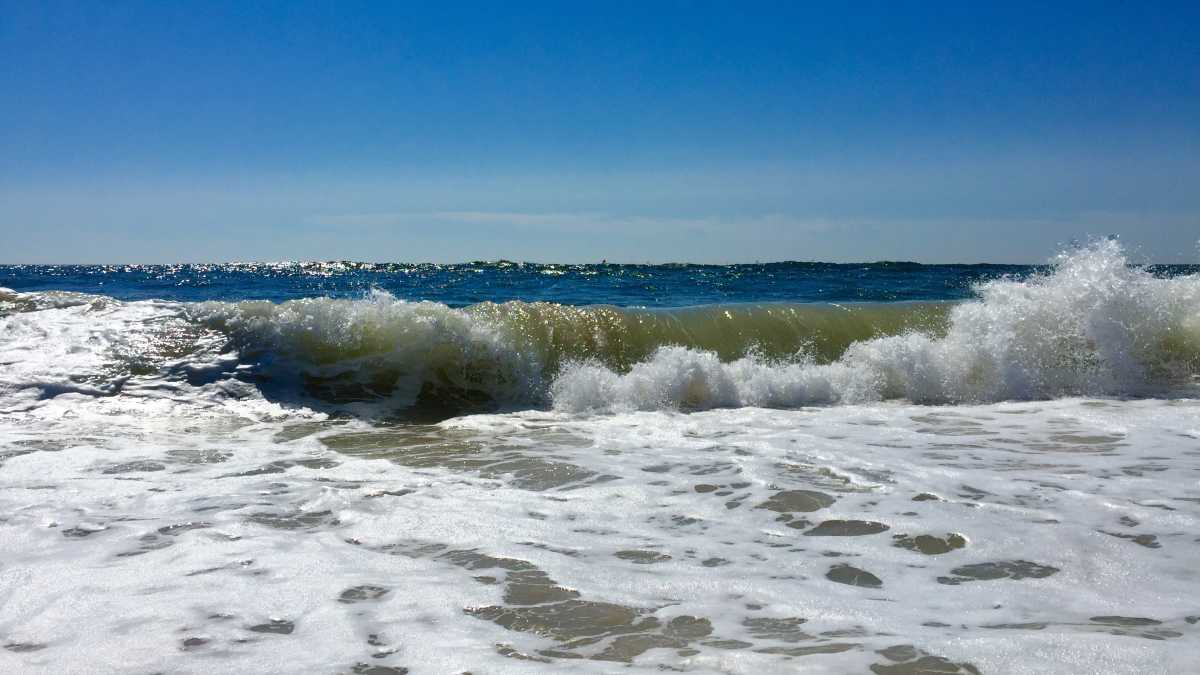Possible high risk of rip currents for beginning of next week

Rough conditions off South Seaside Park in early August 2015. (Photo: Justin Auciello)
Persistent onshore flow increasing Monday is could spur a high risk of rip current development, forecasters say.
The culprit will be increasing easterly swells generated by a pressure gradient forming from a high pressure system to our north and a low pressure off the southeast coast moving northeast into the ocean.
East winds will be blowing between 20 and 25 miles per hour Monday and Tuesday.
That will increase the rip current risk to at least moderate for Monday through Wednesday. The National Weather Service says the rough waters, featuring breakers to around seven feet, will become more difficult for swimmers to manage.
While some beach erosion is also likely, the National Weather Service is not envisioning tidal flooding as astronomical tides are currently low. But forecasters are monitoring and say if minor tidal flooding does occur, it would happen during the Tuesday afternoon high tide cycle.
Rip currents are a constant danger at the Jersey Shore, but there’s another risk that sometimes gets overlooked: injuries from waves.
An ongoing University of Delaware study has found that during the summer of 2014, there were 280 injuries over 116 sample days along the Delaware coast.
Of the 280, 32 were serious, including cervical fractures and spinal cord injuries, and one was a fatality. Wading was the dominate injury activity (44% of all incidents) followed by body surfing (20%) and body boarding (17%).
How to identify a rip current:
A channel of churning, choppy water.
An area having a notable difference in water color.
A line of foam, seaweed, or debris moving steadily seaward.
A break in the incoming wave pattern.
If caught in a rip current, NOAA advises:
Stay calm.
Don’t fight the current.
Escape the current by swimming in a direction following the shoreline. When free of the current, swim at an angle—away from the current—toward shore.
If you are unable to escape by swimming, float or tread water. When the current weakens, swim at an angle away from the current toward shore.
If at any time you feel you will be unable to reach shore, draw attention to yourself: face the shore, call or wave for help.
WHYY is your source for fact-based, in-depth journalism and information. As a nonprofit organization, we rely on financial support from readers like you. Please give today.

